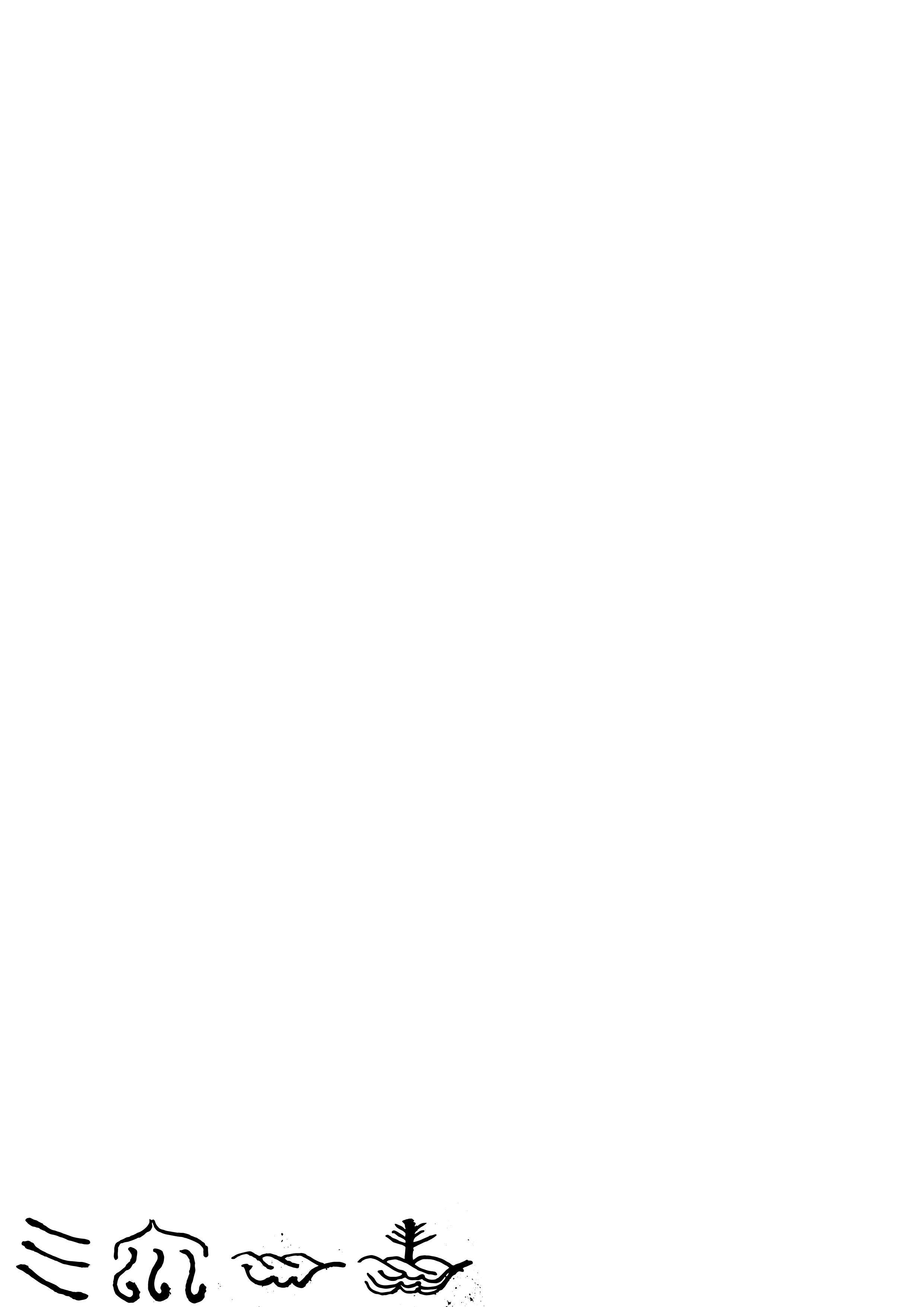Maybe we can arrive there...
或许我们可以到那里
Video Doodling
Single Channel Video
Nakhi and Yunnan Mandarin with English Subtitles
09’06”
2023
视频随笔
Single Channel Video
Nakhi and Yunnan Mandarin with English Subtitles
09’06”
2023
视频随笔
单频录像
纳西话和云南话
九分〇六秒
二〇二三年
It is a collection of loose fragments and scraps from family and friends, as well as a means to use the medium of video as an act of journaling, doodling, writing, hiking, and wandering.
This includes places and things that I keep returning to and returning to, and moments that don’t easily forget yet slip away. It begins with the question: Can video-making really delay amnesia? How do the things experienced as primarily audio-visual come back to life, being remembered in other forms of thoughts, feelings, gestures, and tendencies for the body to move forward or retreat?
Thus, this video is an attempt to invite/be invited into our/their world, maybe not through historiographic time, demarcation of border, and enunciation of “origin,” “nationality,” or “culture,” but something that works as reminder to ripple the known.
Here, the medium of video for me, is the experience of being slowly immersed under water—it is drowning, intoxicating, paralyzing, and not understanding fully the Nakhi language that I tried to learn, that my mom and uncle forgot how to speak. Despite all, video still is the gift that you and I, with small voices, here and there, are able to observe and draw from afar.
Annotates for the content:
With the help of my great aunt He Jiezhen and my mother, I hand-wrote all the place names using brushes along the way for the soul to safely return home in the Eya Nakhi’s Dongba ritual of homecoming following someone’s passing away, and later traced them on my computer. Since Nakhi is an oral language, and all the names I wrote in Chinese only symbolize phonetics.
This work has been exhibited at Fondation PHI pour l’art contemporain, Montréal, as part of the video programming Remember, Perform, Forget: Binding Space through Utopia (Se Souvenir, Performer, Oublier: Relier L’espace par L’utopie), curated by Victoria Carrasco; also screened at Film Diary NYC, programmed by Saint Piñero and Sage Ó Tuama.
本作品收集了我与家人和朋友在一学期的时间里共同收集和创作的视频碎片。同时,这也是一次尝试,尝试用视频这一媒介作笔:用他来写字、画画、爬山和漫游。
本作品曾在蒙特利尔PHI的视频单元中展出,由Victoria Carrasco策展;也在Film Diary NYC展映,由Saint Piñero 和Sage Ó Tuama组织。
This includes places and things that I keep returning to and returning to, and moments that don’t easily forget yet slip away. It begins with the question: Can video-making really delay amnesia? How do the things experienced as primarily audio-visual come back to life, being remembered in other forms of thoughts, feelings, gestures, and tendencies for the body to move forward or retreat?
Thus, this video is an attempt to invite/be invited into our/their world, maybe not through historiographic time, demarcation of border, and enunciation of “origin,” “nationality,” or “culture,” but something that works as reminder to ripple the known.
Here, the medium of video for me, is the experience of being slowly immersed under water—it is drowning, intoxicating, paralyzing, and not understanding fully the Nakhi language that I tried to learn, that my mom and uncle forgot how to speak. Despite all, video still is the gift that you and I, with small voices, here and there, are able to observe and draw from afar.
Annotates for the content:
With the help of my great aunt He Jiezhen and my mother, I hand-wrote all the place names using brushes along the way for the soul to safely return home in the Eya Nakhi’s Dongba ritual of homecoming following someone’s passing away, and later traced them on my computer. Since Nakhi is an oral language, and all the names I wrote in Chinese only symbolize phonetics.
This work has been exhibited at Fondation PHI pour l’art contemporain, Montréal, as part of the video programming Remember, Perform, Forget: Binding Space through Utopia (Se Souvenir, Performer, Oublier: Relier L’espace par L’utopie), curated by Victoria Carrasco; also screened at Film Diary NYC, programmed by Saint Piñero and Sage Ó Tuama.
本作品收集了我与家人和朋友在一学期的时间里共同收集和创作的视频碎片。同时,这也是一次尝试,尝试用视频这一媒介作笔:用他来写字、画画、爬山和漫游。
他包括了那些我老是回去的地方,以及那些很难忘记却也无法轻易言明、总是悄然溜走的时刻。通过这一视频,我试图反思一种可能:从“视频能否真地拖延遗忘的疾病?”这一问题开始,以“视”和“听”为主的体验是如何以其他非视听的形式的思想、感觉或万千姿态被铭记,从而影响身体在每个当下前进或后撤的。
因此,这段视频想要邀请观众进入一个共振的时空,这种层面的共振也许并不通过历史性的时间感知、抑或那些泾渭分明的关于何为“起源”、“民族”或“文化”的认同,而是如涟漪般激起的心中的水花:一切可知的秩序和可言明的事物或许并非向来如此。
在此,视频媒介对我来说是一种慢慢潜入水底的沉浸———他代表着溺水时不能自已的官能和似乎被动的身体,同时也是一种与语言既熟悉又陌生的关系———这个我试图学习的,妈妈和舅舅忘了的纳西语。尽管如此,视频的中介还是成为了声音小小的你我,在此处和彼处,远远地观察和描绘世界的礼物。
内容注解:
在表奶和洁珍和妈妈帮助下,我用毛笔手写了沿途的所有地名,这些地名是俄亚纳西族指路经中记录的回到祖地路线上的地点,写完后我在电脑上进行了扫描。由于纳西语是一种口头语言,我用汉语书写的地名只做表音。
本作品曾在蒙特利尔PHI的视频单元中展出,由Victoria Carrasco策展;也在Film Diary NYC展映,由Saint Piñero 和Sage Ó Tuama组织。
Thanks to the generosity, inspiration, and conservation efforts:
Music:
Nakhi Folk song “Jin Zuozuo” sung by Dongba Yincha Tseli, recorded by Xiao Yuguang in Eya, Muli
民歌《金佐座》由东巴英扎此里演唱,肖煜光于木里县俄亚录制
Nakhi Folk song “Guqi” sung and improvised by my great-grandmother Li Huoqing, recorded at home in Yulong, Lijiang
民歌“谷气”由阿嬷嬷李伙青即兴演唱,于丽江玉龙家中录制
Professor Erin Manning and May Chew
Videos and photos:
Music video Guests from Far Away, Please Stay With Us
(《远方的客人,请你留下来》)1
Film Riding Alone for Thousands of Mile by Zhang Yimou and Yasuo Furuhata
(《千里走单骑》/ 《単騎、千里を走る》)由张艺谋和降旗康男导演2
Videos, taken by my uncle Li Xiaowei and aunt Baishimei; grandparents Li Xuexin and Zhao Sijia in Eya, Muli3
视频由老舅和舅妈,阿公阿婆于木里俄亚拍摄
Ethnographic Film Trials and Hardships by Nakhi filmmaker Mu Xiaqiao)
民族志电影《风雨兼程》由纳西导演木小桥拍摄
Videos from Lijiang and Eya on the short-video streaming platform Kuaishou:
@中坝218
@情深似海混出
@山风一样自由817
@奔曼昂鲁
1. This video is often played in tourist buses in Yunnan.
2. This film shot in my hometown Lijiang uses the story “Riding Alone for Thousands of Miles” from Three Kingdom of the general Guan Yu. In the film, a journey going to Lijiang alone of
the Japanese father becomes the beginning of a belated attempt to know his son after his unexpected death.
3. This year’s Chinese New Year of 2023, my family traveled to Eya in Muli, Liangshang, Sichuan, which is hundreds kilometers away from Yulong, Yunnan, where we are originally from.
Surrounded by a landscape with a precipitous riverbank, Eya is the most northeast region where Nakhi live amongst Tibetans, Nuosu and other people.


